A new device setup enables an interface between biomolecules and electronic materials for biohybrid electronics.
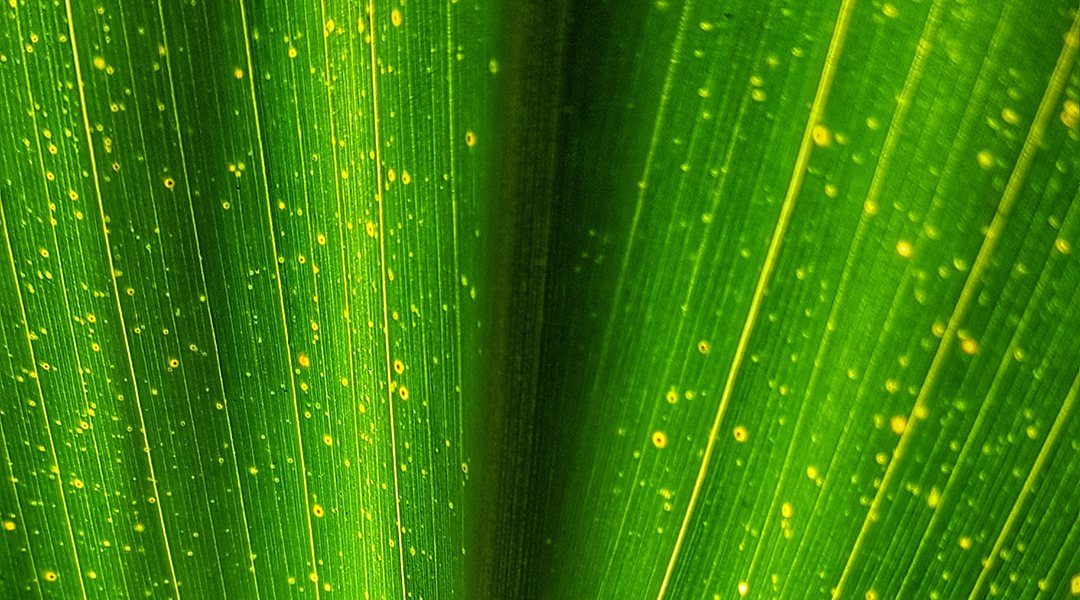


A new device setup enables an interface between biomolecules and electronic materials for biohybrid electronics.
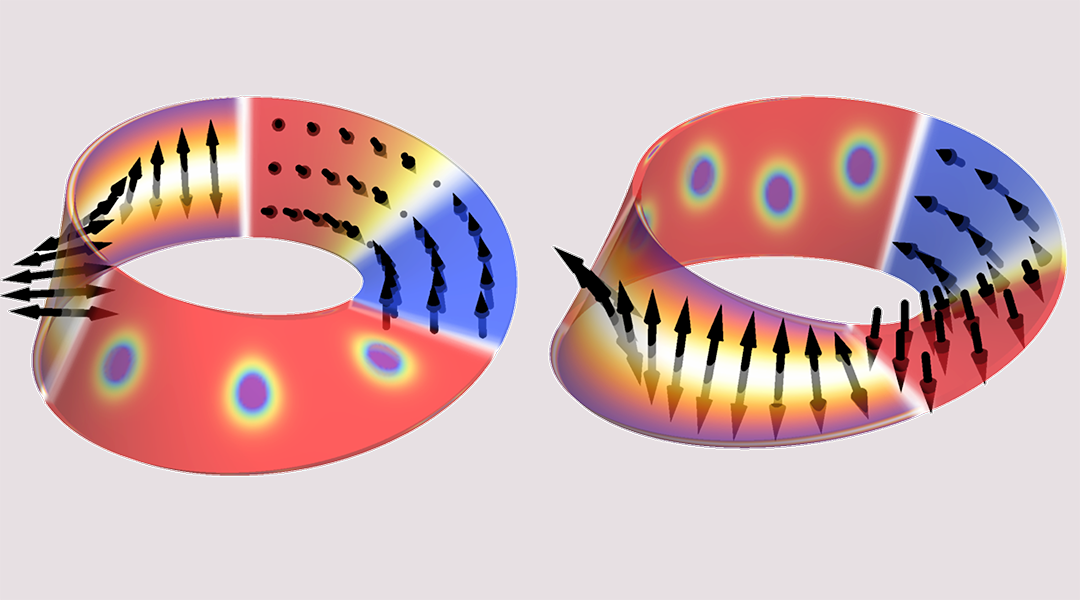
Predicting the properties of materials made easier through an understanding of their curvilinear geometries.
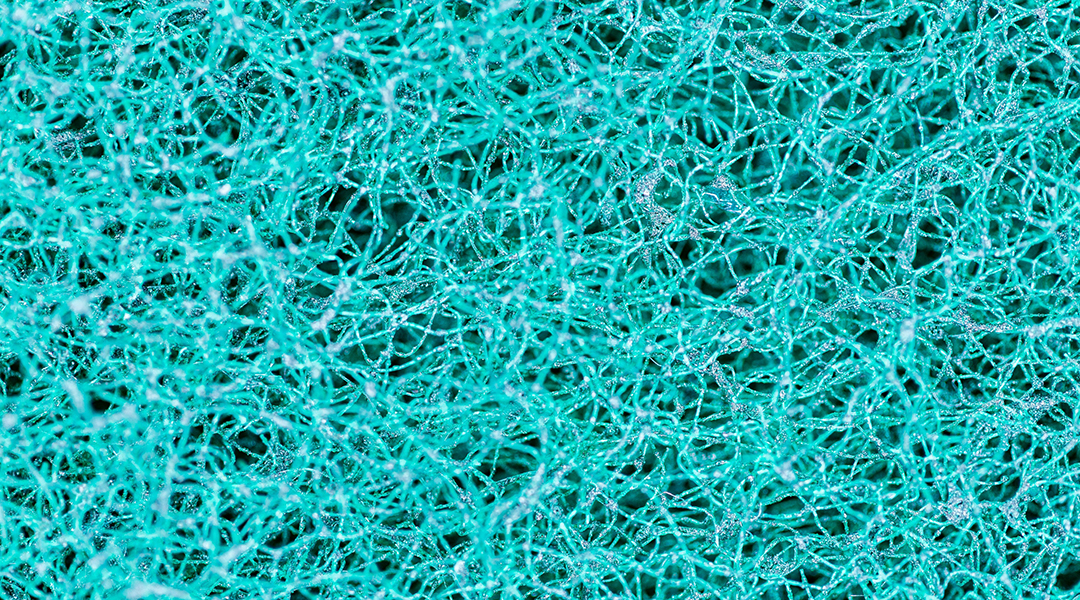
An artificial synapse capable of simultaneously detecting neurotransmitters and light mimics memory and learning processes found in the brain.

Researchers demonstrate the controlled growth of artificial synapses, paving the way for computers that can grow, evolve, and adapt like the human brain.
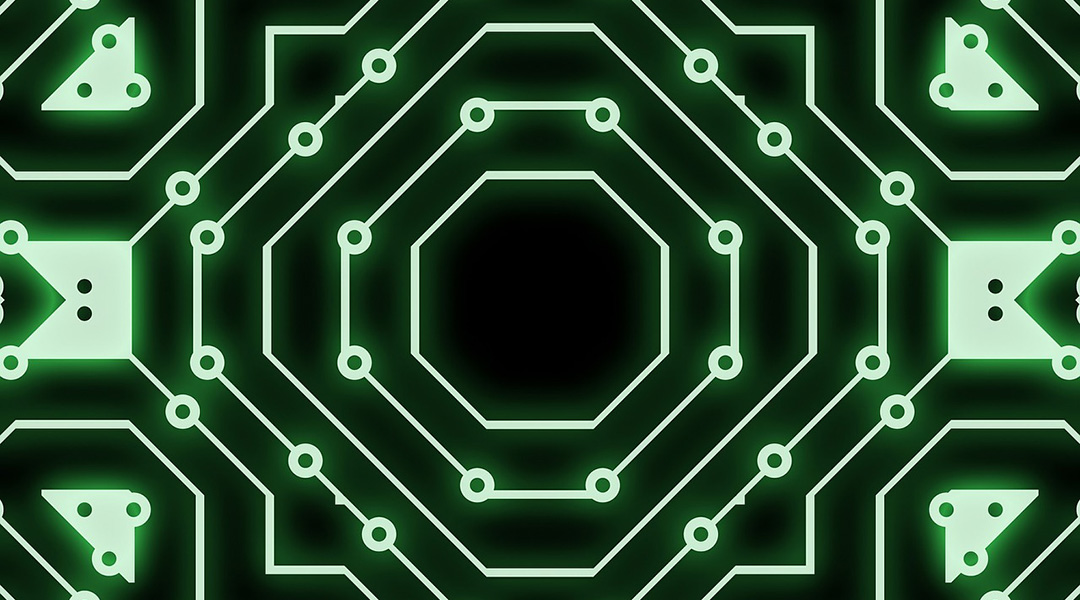
Researchers create green biocomposites for flexible, wearable electronic devices.
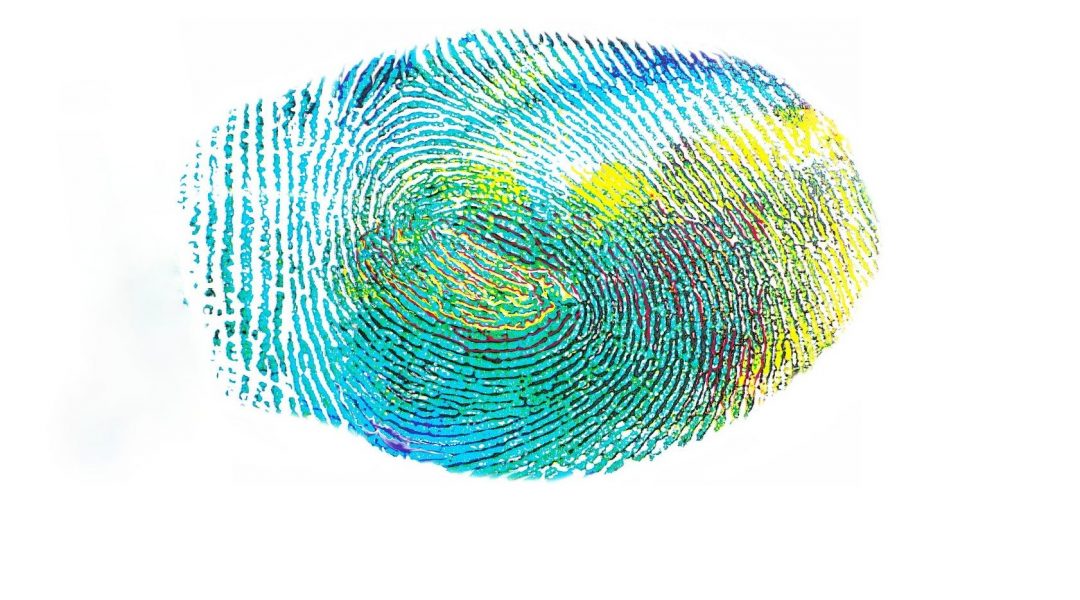
Researchers create a soft robotic electronic skin with fingerprint-like patterns with future applications in prosthesis, wearable sensors, and medical devices.

Is the T-1000 no longer science fiction?

A smart, biomimitic compound eye is made from proteins.